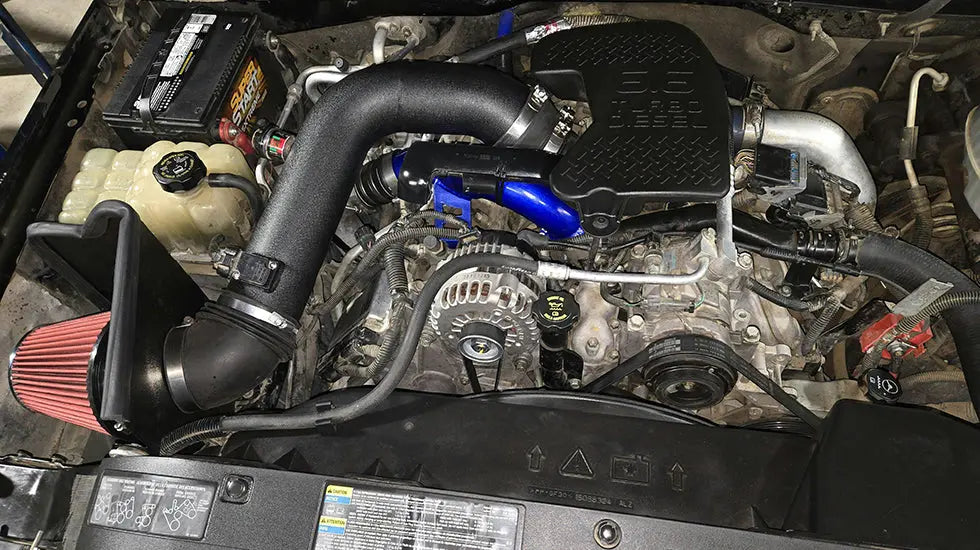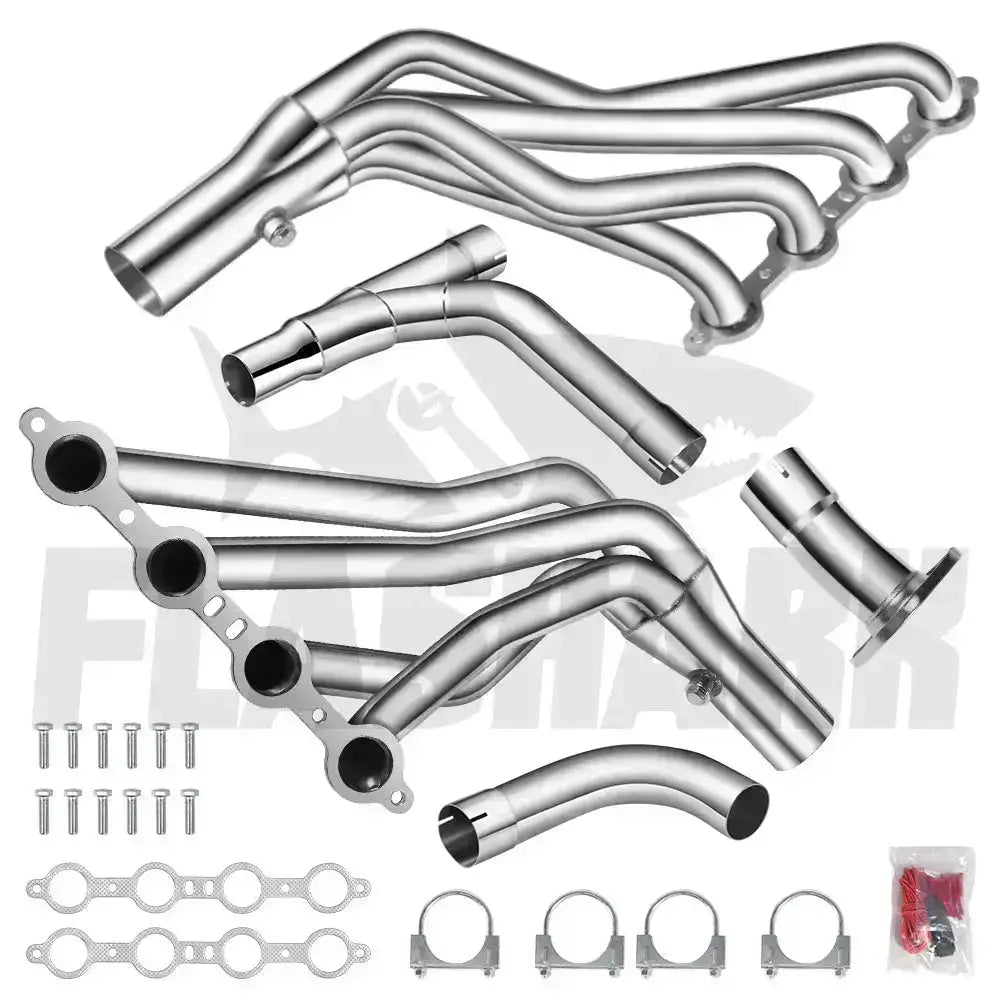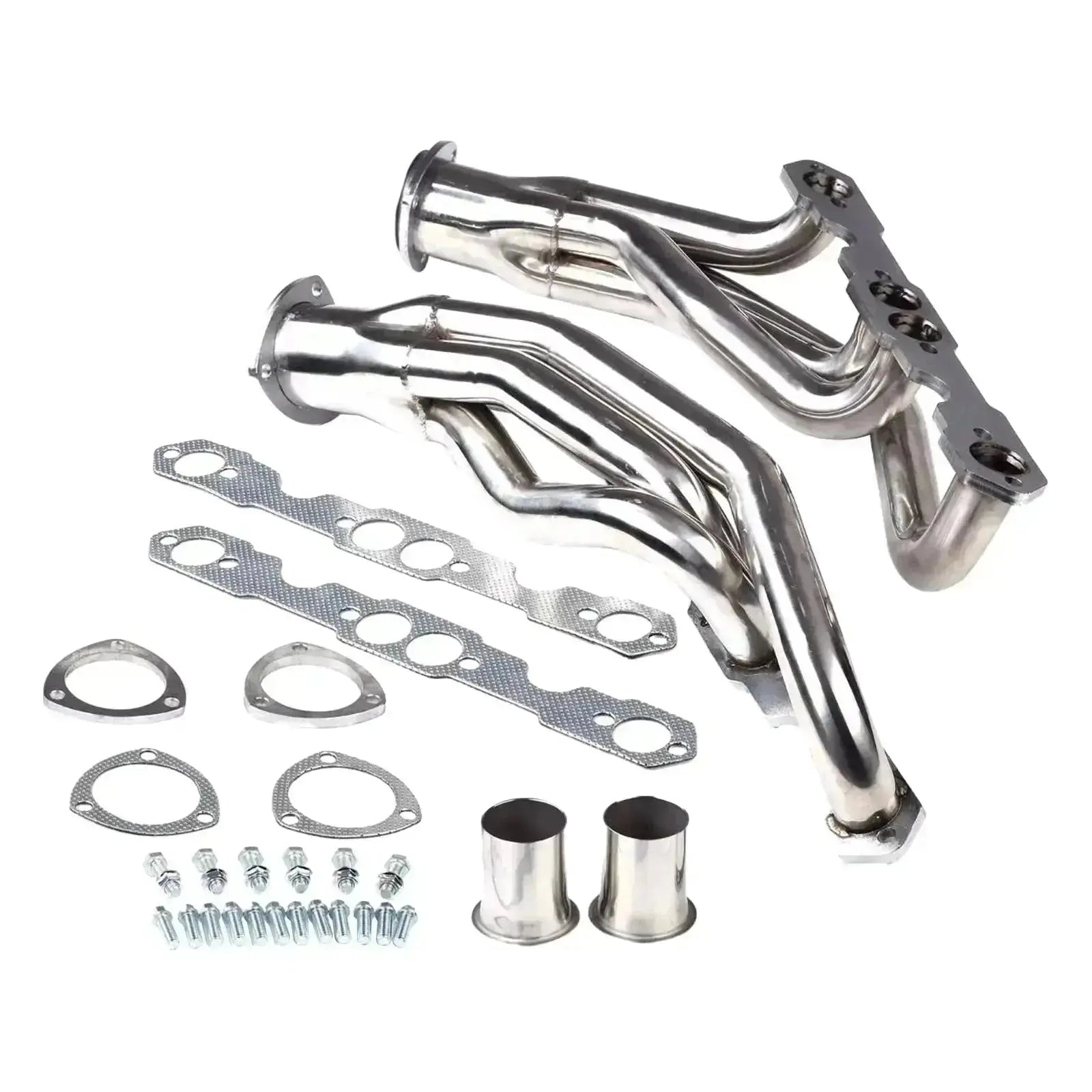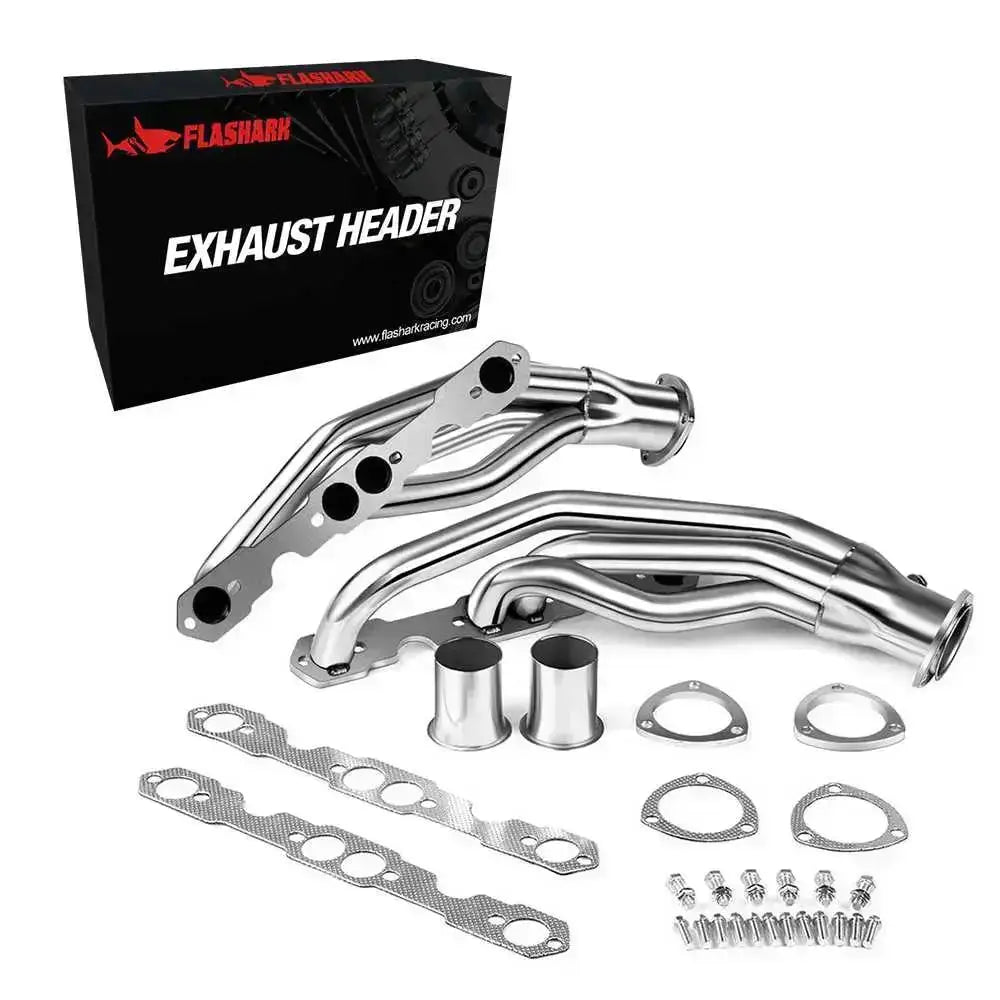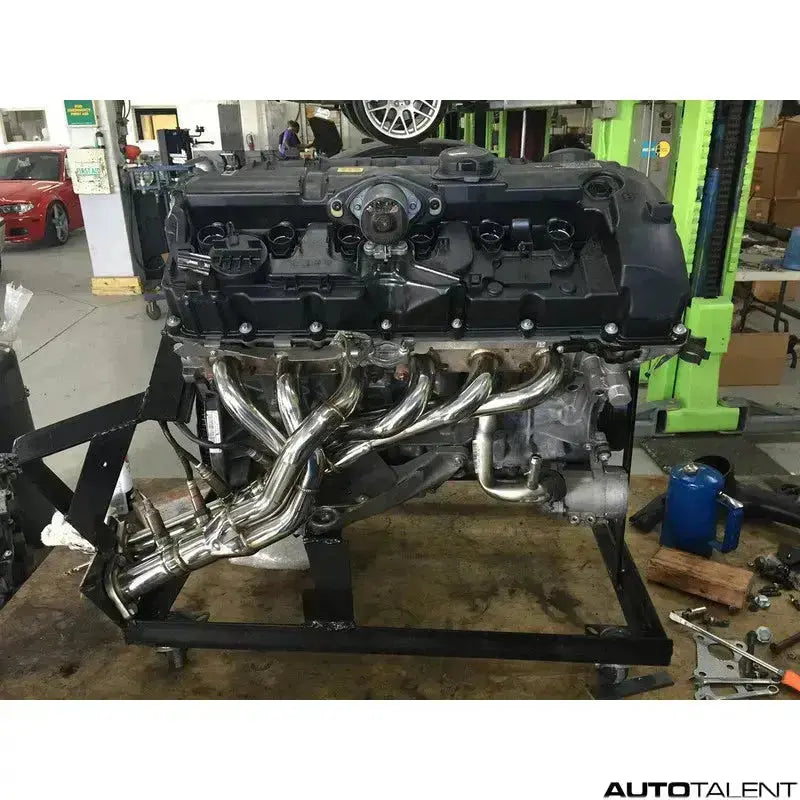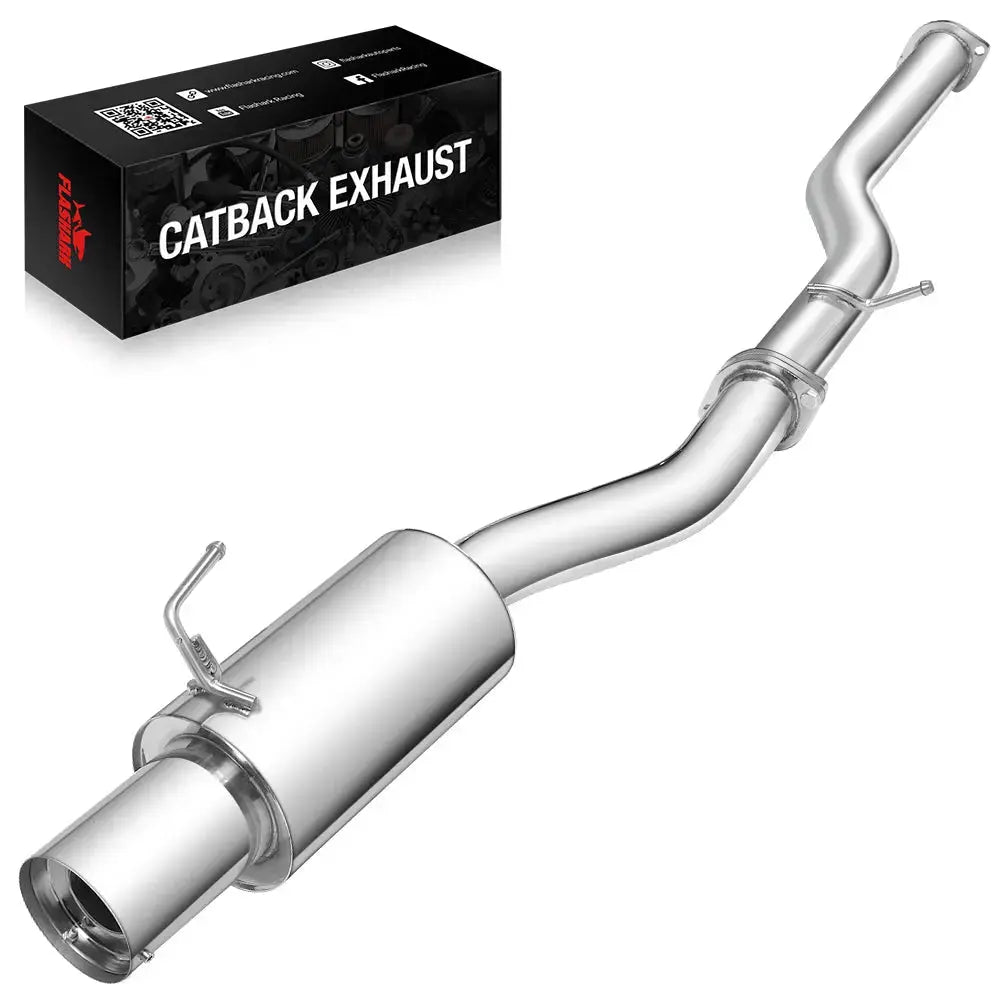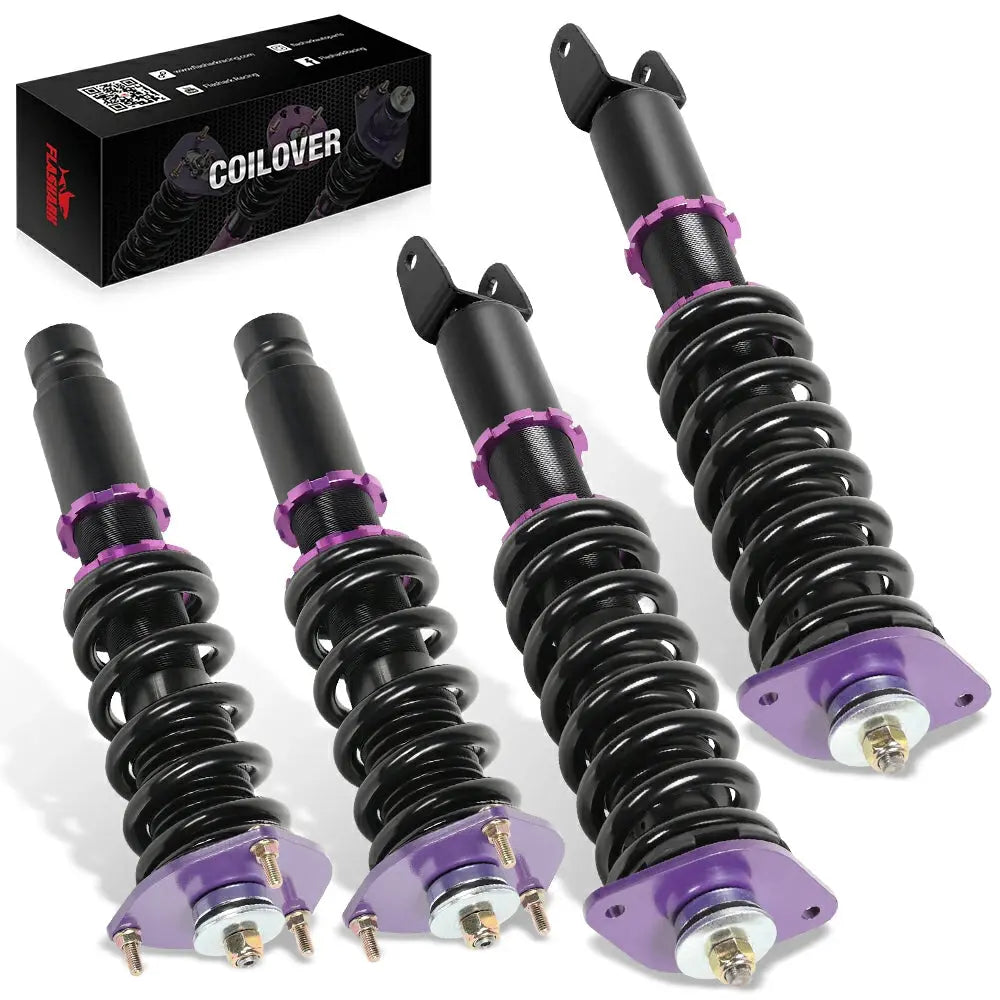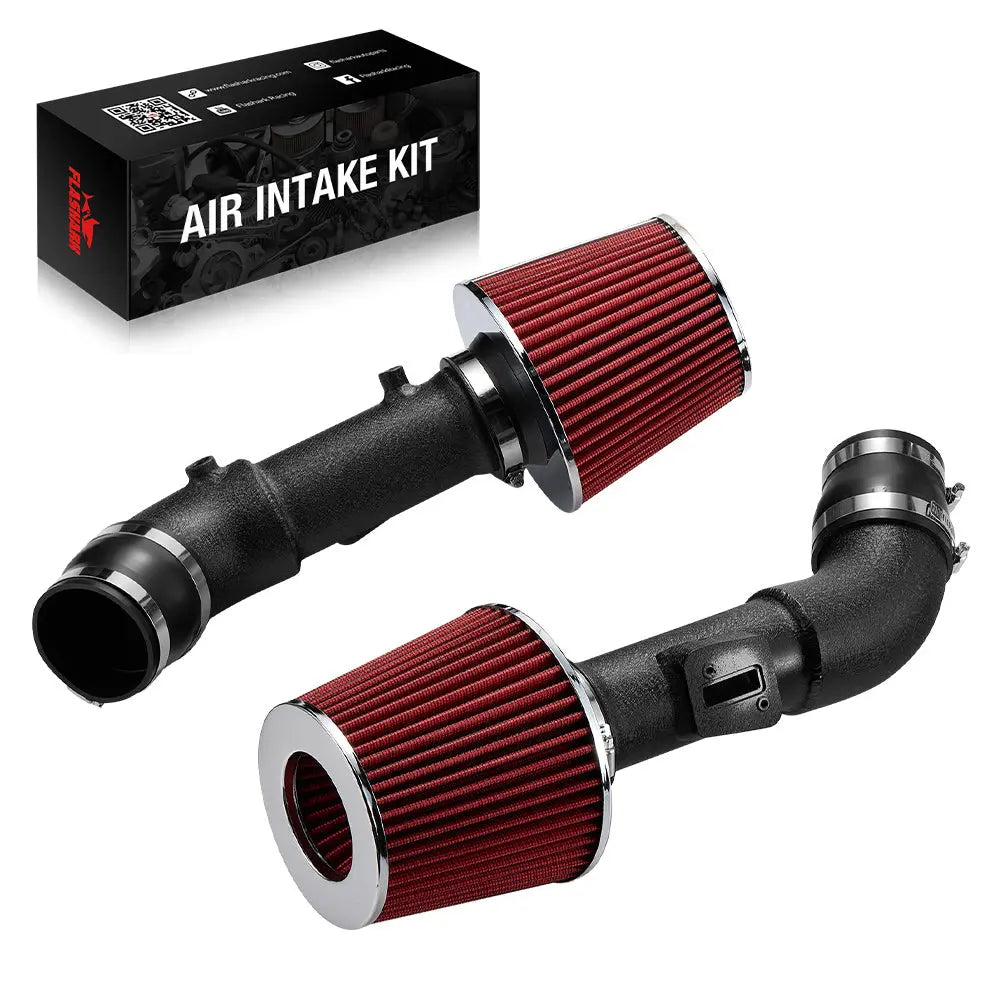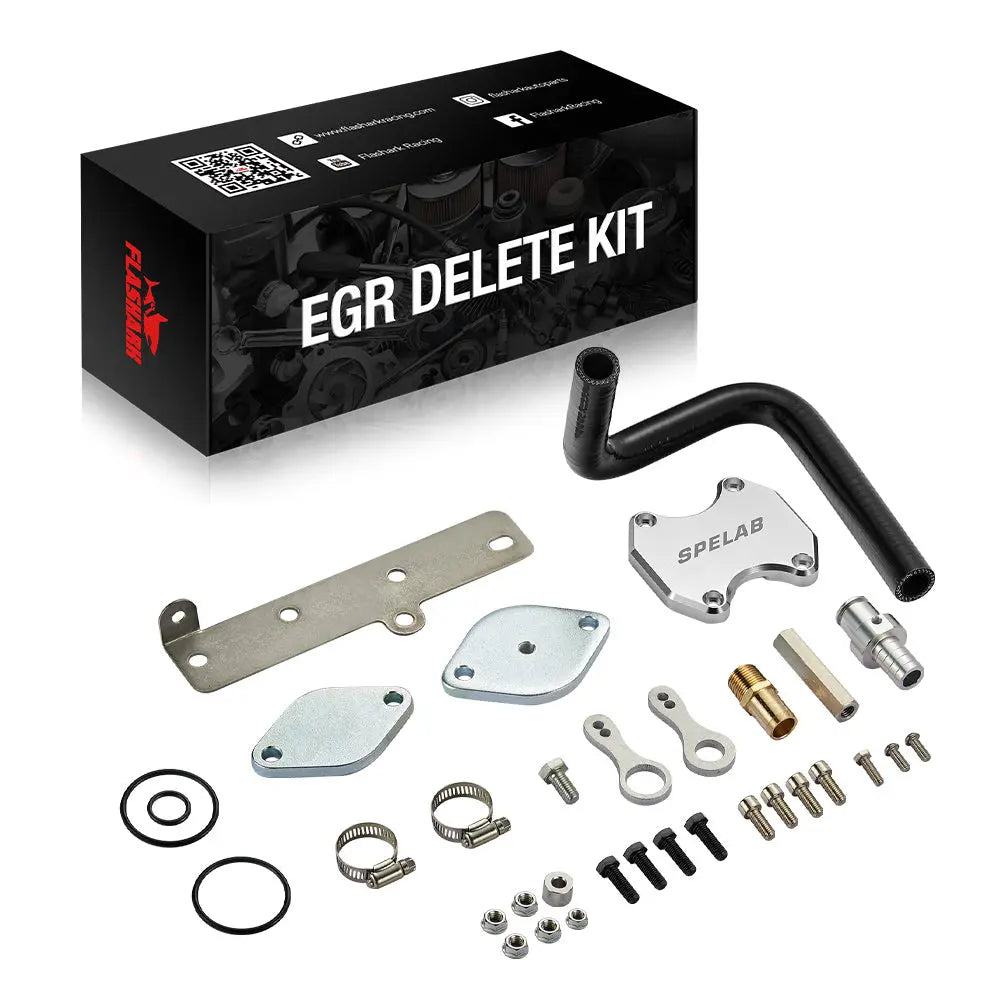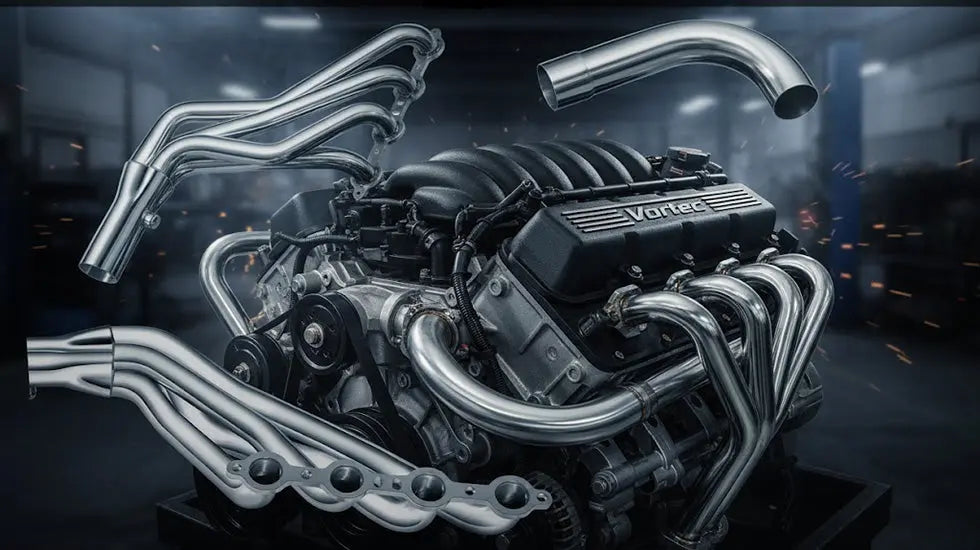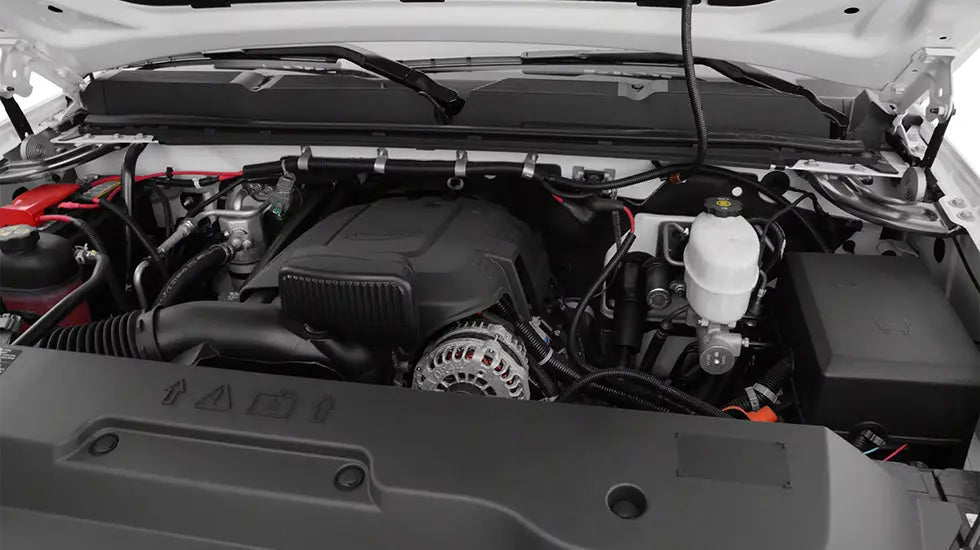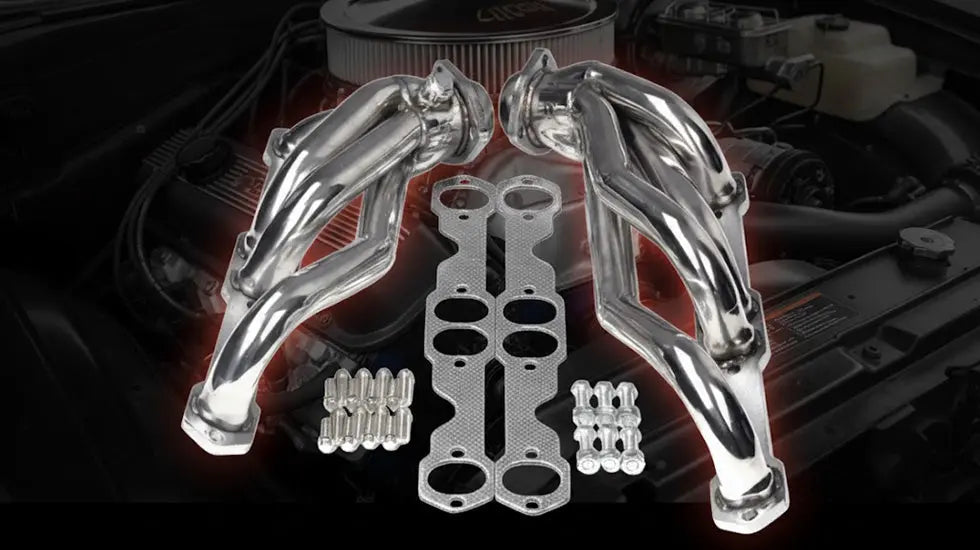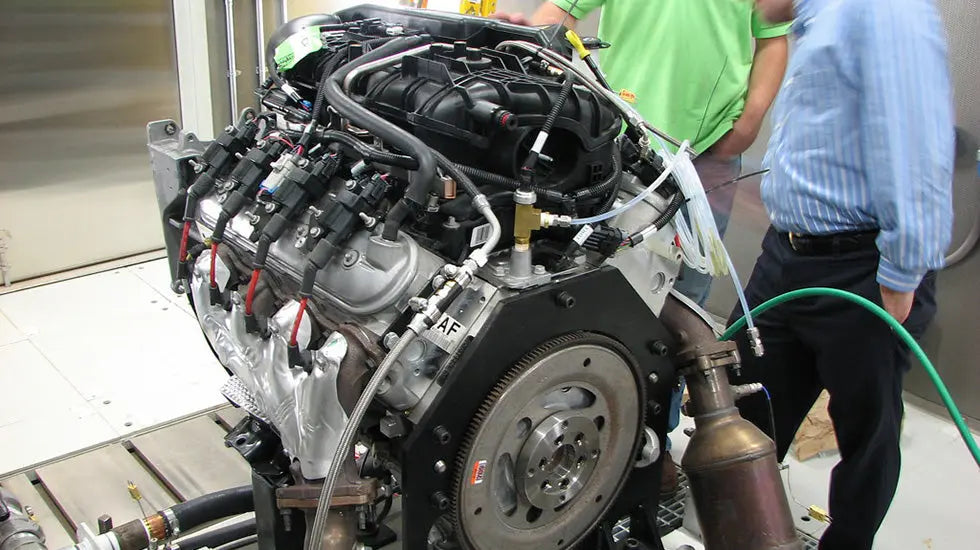A cold air intake (CAI) is a performance modification that improves an engine’s airflow by providing cooler, denser air to the engine’s combustion chamber. The primary function of a cold air intake is to replace the factory air intake system, which typically draws in warmer air from the engine compartment. By drawing in cooler air from outside the vehicle, the cold air intake enhances engine efficiency, increases horsepower, and provides a noticeable performance boost.
How Cold Air Intakes Work
Cold air intakes work by directing air from outside the engine bay, where temperatures are lower, to the engine's intake manifold. Cooler air is denser, meaning it contains more oxygen molecules per unit of volume. When more oxygen enters the combustion chamber, the engine can burn fuel more efficiently. This process results in a significant increase in power output and acceleration.

The key difference between a cold air intake and a traditional intake system lies in the temperature of the air drawn in. While standard intakes pull air from within the engine bay, where air is heated by the engine itself, cold air intakes source cooler air from outside, ensuring the engine operates with more oxygen-rich air.
Benefits of Installing a Cold Air Intake
Installing a cold air intake (CAI) system can offer a variety of performance improvements that can make a noticeable difference in your driving experience. From enhancing horsepower to improving fuel efficiency, these benefits are crucial for car enthusiasts looking to get more from their vehicles.
Enhanced Engine Performance
The most notable benefit of installing a cold air intake is the increase in engine performance. By delivering cooler air to the engine, CAIs boost engine efficiency, resulting in higher horsepower and improved throttle response. Many car enthusiasts notice quicker acceleration and more responsive driving.
Improved Fuel Economy
In addition to power gains, a cold air intake can also improve fuel economy. When the engine receives a denser charge of air, it burns fuel more efficiently. This can lead to better fuel consumption, especially under hard driving conditions.
Extended Engine Life
Cold air intakes often feature higher-quality materials that improve airflow and reduce strain on the engine. With better air filtration and smoother air passage, your engine will run more efficiently, potentially extending its lifespan.
Does a Cold Air Intake Really Make a Difference?
While cold air intakes can offer noticeable benefits, the improvement depends largely on your vehicle and driving habits. For high-performance vehicles and those with significant modifications, a cold air intake system can significantly enhance acceleration and engine response.

However, for daily commuters or vehicles that are not heavily modified, the improvement might not be as drastic. Some drivers might not notice a huge difference, particularly in everyday driving conditions where engine demand is low.
Additionally, the type of cold air intake you choose matters. High-quality systems can provide noticeable gains, while poorly designed or low-cost systems might not deliver the expected performance boost and could even harm your engine.
Types of Cold Air Intakes
There are several types of cold air intake systems available, each designed to meet different needs and vehicle types:
-
Short Ram Intake: Shorter than a full cold air intake system, this type of intake is easier to install and offers modest power gains. However, it does not provide the same cooling effect as a true cold air intake.
-
Cold Air Intake Kit: This is the traditional cold air intake system that draws air from outside the engine bay. It's the most effective at lowering intake air temperature and delivering a substantial boost in engine performance.
-
Ram Air Intake: This intake system uses the vehicle's speed to force air into the intake, providing additional airflow. It is often used in racing vehicles.
Choosing the right system for your vehicle is critical. While cold air intakes offer significant advantages, not all designs provide the same level of performance improvement.
Installation and Maintenance of Cold Air Intakes
Proper installation and regular maintenance are key to maximizing the performance and lifespan of your cold air intake system. While the installation process is straightforward for many car owners, ensuring proper upkeep of the system will help maintain optimal engine performance over time.
Installation Process
Installing a cold air intake is a relatively straightforward process for DIY enthusiasts, though it requires attention to detail. Most CAI kits come with instructions, and the basic steps involve removing the factory air filter, installing the intake tube, and securing the new filter in place. It's important to ensure all parts are tightly sealed to avoid air leaks, which can decrease the effectiveness of the system.
While the installation process is typically easy for those with basic mechanical skills, some systems may require professional installation, especially if custom modifications are needed.
Maintenance Tips
To keep your cold air intake running at peak efficiency, regular maintenance is necessary. The filter is the most important part, and it should be cleaned or replaced as recommended by the manufacturer. This ensures proper airflow and prevents debris from entering the engine. Additionally, it's a good idea to inspect the intake system for cracks, leaks, or signs of wear.

Potential Downsides of Cold Air Intakes
Despite their benefits, cold air intakes are not without their potential drawbacks. One of the main concerns is the risk of water ingestion. If the air intake is located too low in the vehicle, it may draw in water during heavy rain or deep puddles, which can cause significant engine damage.
Additionally, low-quality cold air intake systems might not deliver the promised performance gains. Some poorly designed systems could actually reduce engine power or cause other issues like increased engine noise.
Is a Cold Air Intake Worth It?
The decision to install a cold air intake depends on your driving goals and the type of vehicle you own. If you own a performance vehicle or a car that you frequently modify for enhanced performance, a cold air intake is a worthy investment. It can improve engine efficiency, increase horsepower, and provide a more dynamic driving experience.
However, for those with everyday vehicles or cars that are not heavily modified, the benefits may not be as significant. It's essential to weigh the cost of the intake against the potential performance gains and consider whether the modifications are worth the investment for your particular needs.

